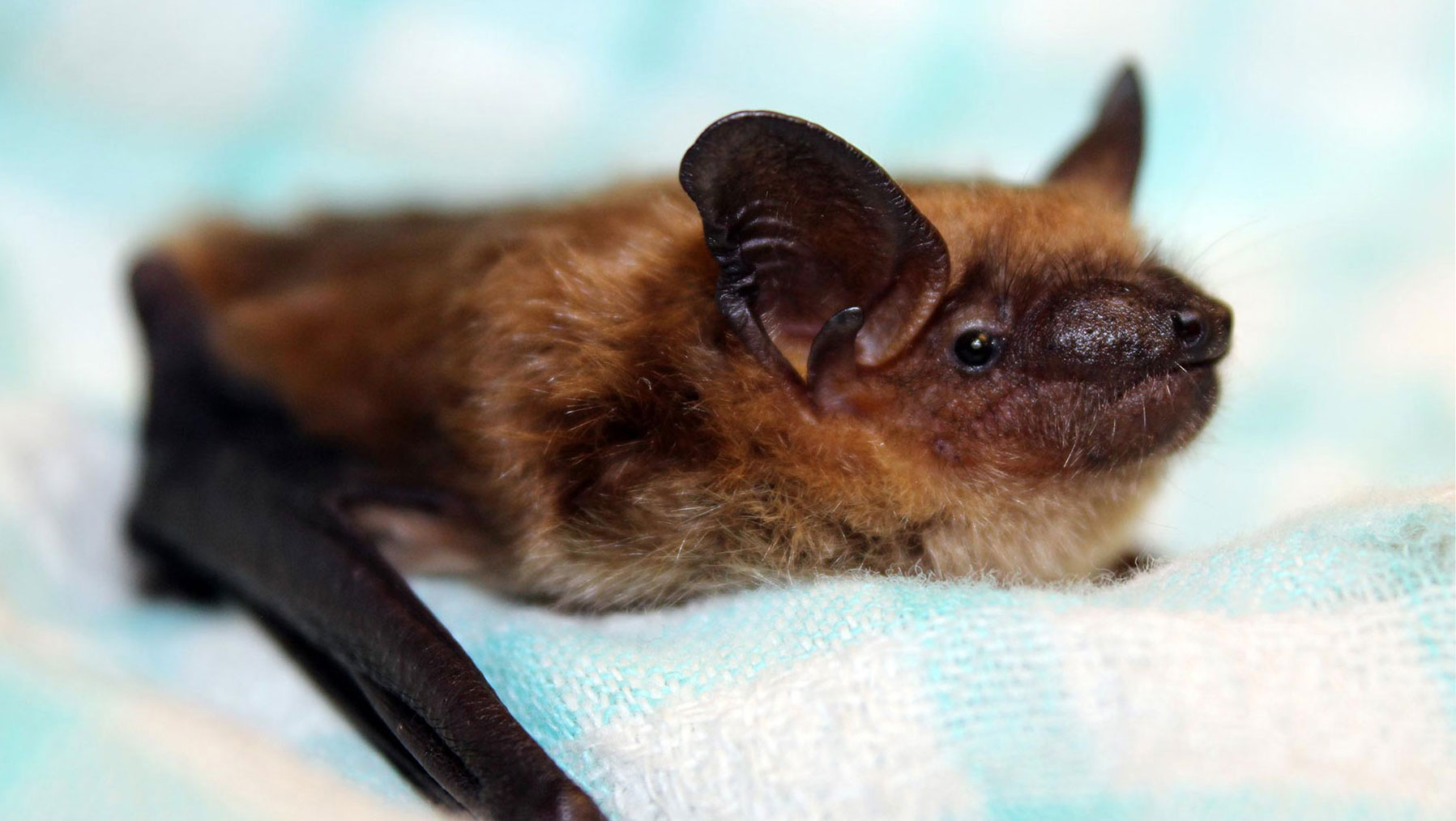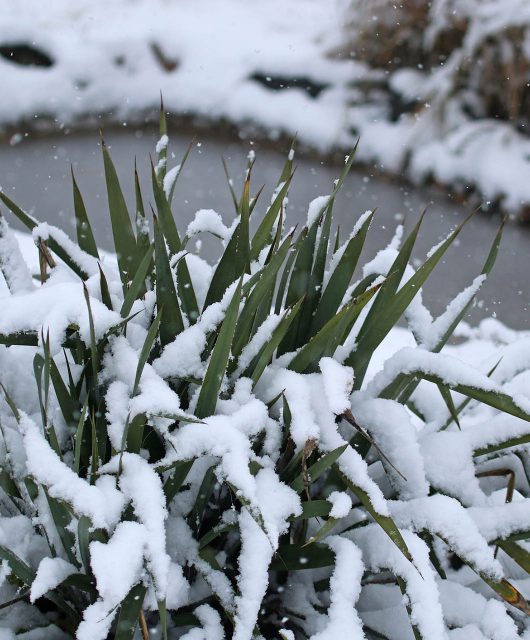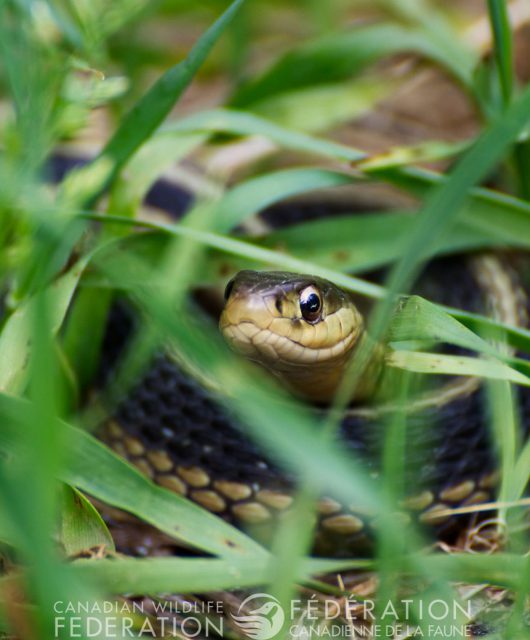After a long winter, the 46 bats rescued this past December in Mississippi Mills, Ontario are going home.
You may recall that in early December 2017, the Canadian Wildlife Federation was contacted by a resident of Mississippi Mills, a town 50 kilometres west of Ottawa. It was reported that a number of bats had been clinging to the exterior of the Holy Mary Parish for more than one week — the church had evicted the bats back in August 2017 — and were at risk of freezing to death.
My colleague, Carolyn Callaghan, and I arrived to find numerous clusters of Big Brown Bats clinging to the exterior of the church. After determining that the bats were in torpor (a deep, cold sleep) and unlikely to fly to an alternate roost, Carolyn and I collected as many bats within reach as possible. In total, we rescued 26 bats that day.

During our search, it was evident that there were three additional clusters of bats that were out of reach: one cluster on either side of the belfry and the third under the eve at the rear of the church. I returned to the church on Sunday, December 10. With the help of the Mississippi Mills Fire Department, we collected an additional 20 bats. At this point, the bats had been on the exterior of the church for over two weeks. The temperatures had been freezing and were forecasted to be -20 degrees Celsius for the following two weeks.

How Did This Happen?
I had a conversation with the Nuisance Wildlife Control Organization (NWCO) who performed the eviction. I was told they performed the exclusion without incident. One-way doors were fitted to the church in late August 2017. In October 2017, they determined that there were no more bats roosting inside the church so sealed up any remaining openings. By late November, however, members of the public reported that bats had returned to the church, could not access their roost, and resorted to roosting on the exterior of the building.

They Eat How Much?!
The 46 Big Brown Bats were brought to the Rideau Valley Wildlife Sanctuary (RVWS) where they housed over-winter. Let it be known: bats are big eaters. They work hard to keep our insect populations in check. During the summer months, a bat can eat up to its entire body weight in insects in one night of feeding. This winter, our rescues consumed 7,500 mealworms each week. This means they ate a whopping 160,000 mealworms!
As you can imagine feeding the bats is both expensive and time consuming. RVWS had a really neat way of conserving resources. The staff simply took advantage of the bat’s natural ability to conserve its own resources (reduce energy expenditure) and used a “bat fridge” to simulate a hibernacula (protected winter roost). By bat fridge, I mean a household refrigerator, kept cold with the door ajar to allow air flow. The key here is to lower the temperature of the bats’ surroundings, which signals a decrease in body temperature of the bats and in turn serves to decrease their metabolic rate.
To put it another way, the standing heart rate of a bat during summer is somewhere in the range of 120 to 200 beats per minute (bpm). While hunting at extreme speeds, their heart rate increases to an incredible 1,000 bpm. When bats hibernate, the cold helps the bats lower their hear rate to 20 bpm. This phenomenon known as “torpor” allows bats to rest — with periodic awakening — all winter without eating.
The Bats are Going Home!
Thanks the support of people like you, the Canadian Wildlife Federation raised enough money to finance RVWS’ winter costs. We will release the bats at the church in Mississippi Mills in early May 2018. There is a chance that if the bats do not locate a proper hibernacula by winter 2018, it is likely that they will again roost on the exterior of the church, or in an inhospitable crevice, and perish within a few weeks of starting torpor.
For the spring, summer and fall seasons, we’ve built them some new digs: a large eight-chambered bat house, which will provide an alternate roosting site. Unfortunately, we are no longer able to erect their new home on the site but we are working with the community to find a suitable location nearby.
Fingers crossed, soon they feel right at home!






1 comment
Very insightful description of rescue and release of Brown Bats in Mississippi Mills , On.
Thanks for sharing!